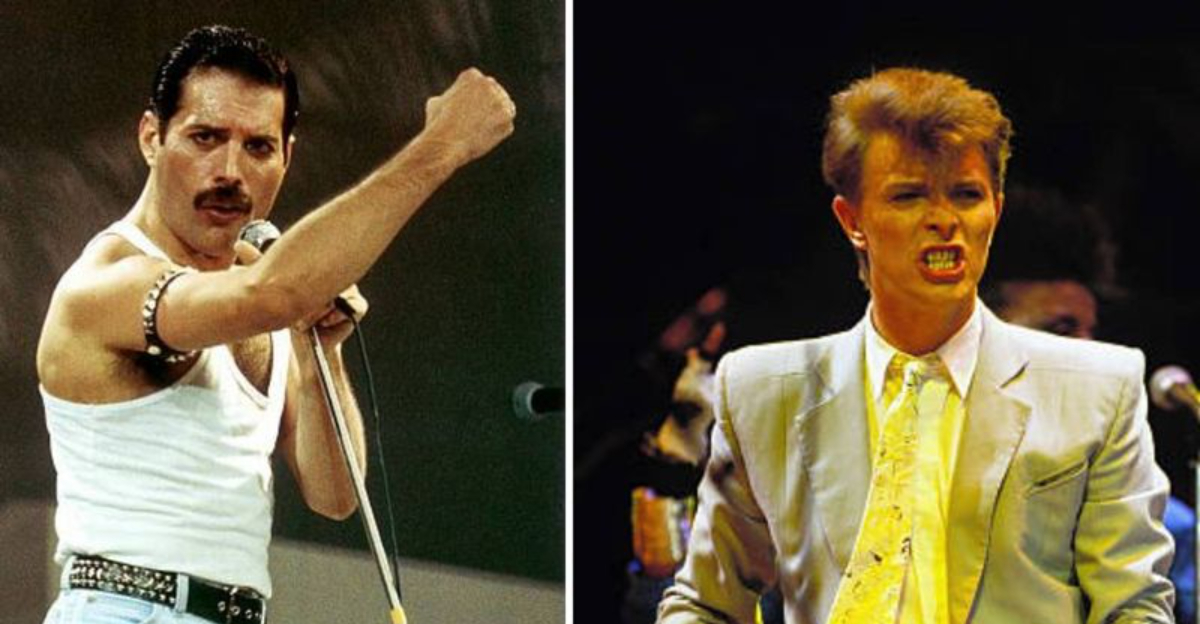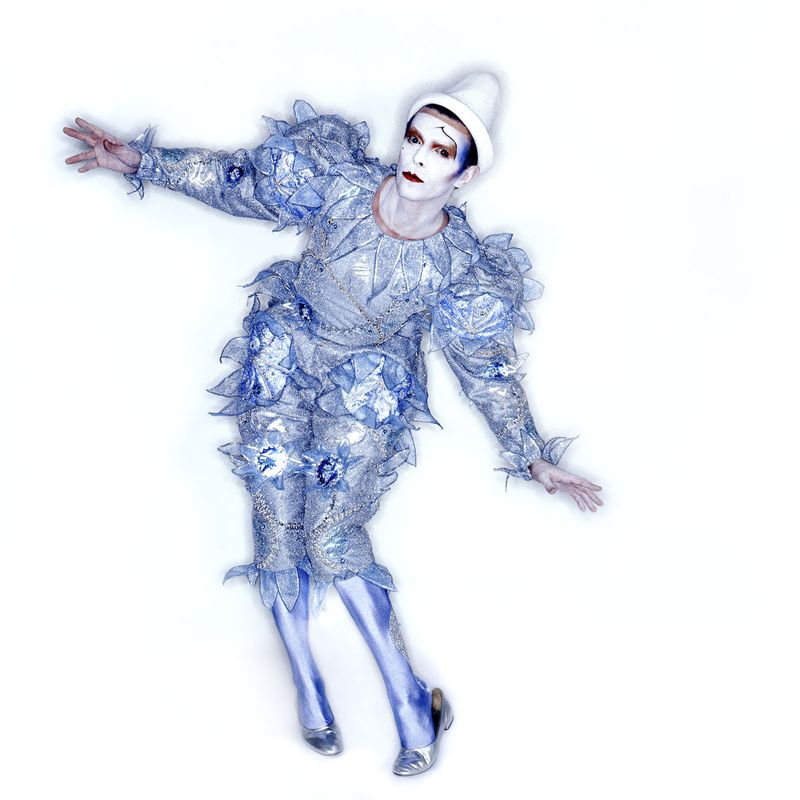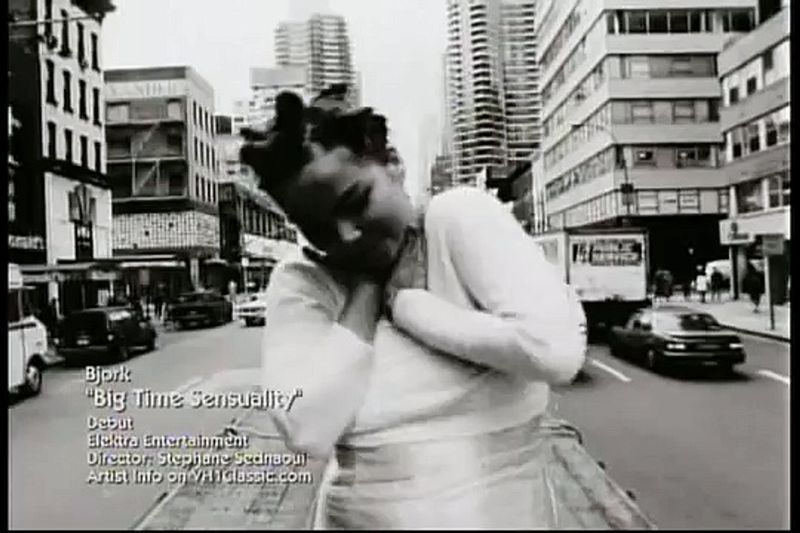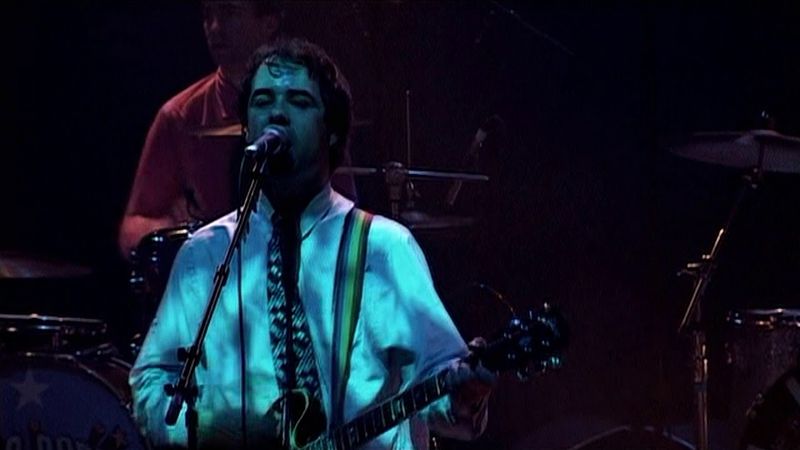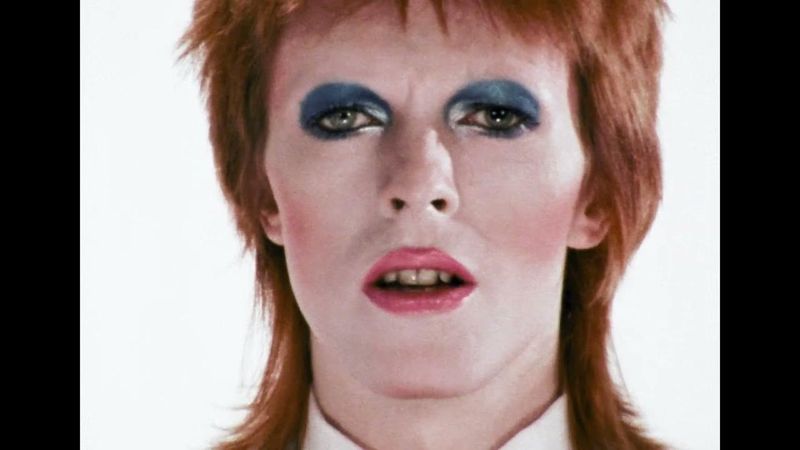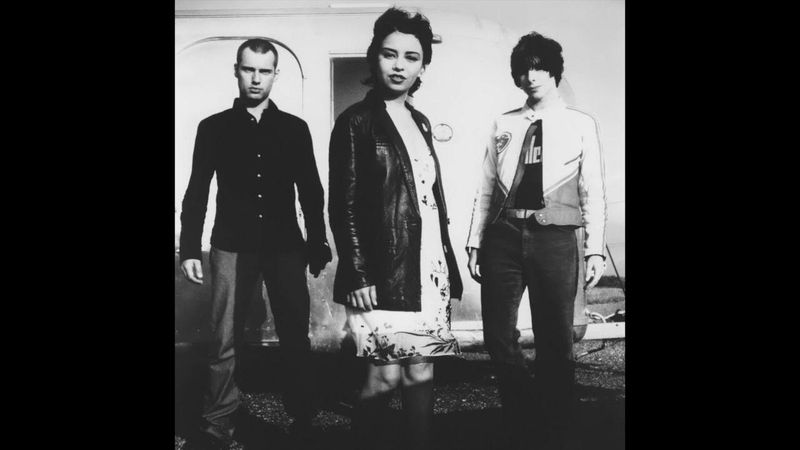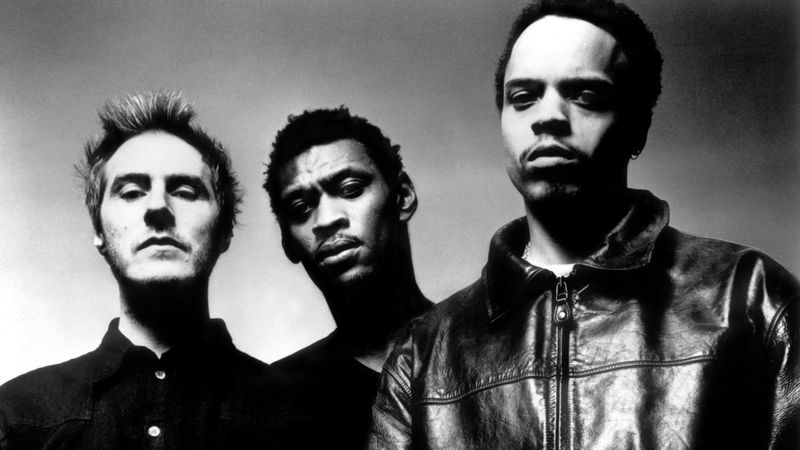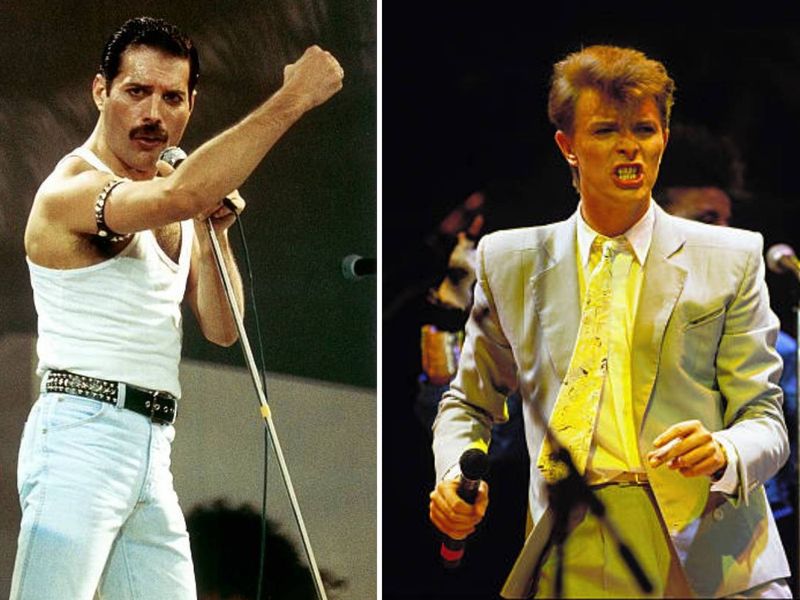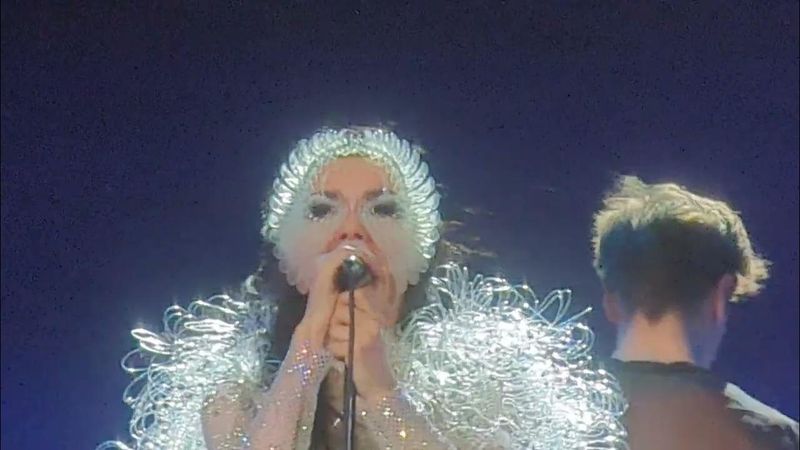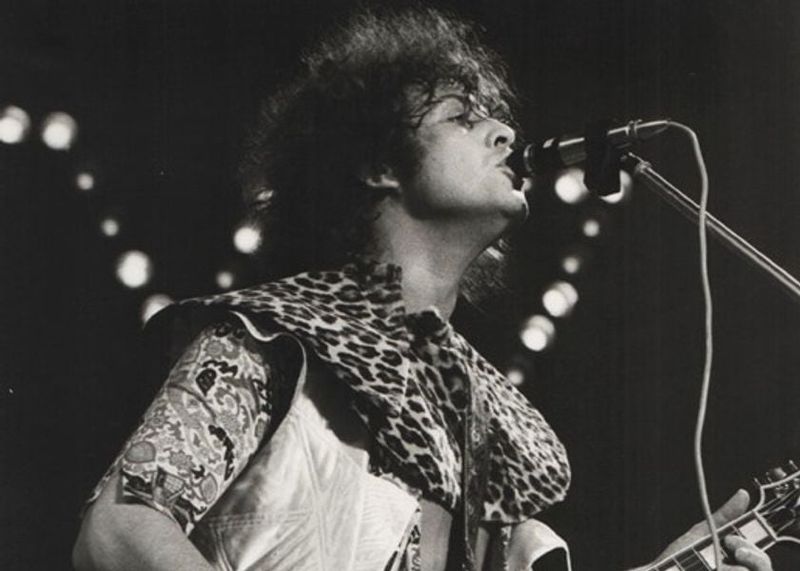Not every great song gets its moment in the spotlight. Some tracks are just too ambitious, too ahead of their time, or simply didn’t fit the mold for radio airplay. These 21 songs deserved so much more—but for one reason or another, they flopped on the charts. Here’s why these underrated gems slipped through the cracks.
1. “Ashes to Ashes” – David Bowie
David Bowie’s “Ashes to Ashes” was a daring sequel to his previous hit “Space Oddity.” Its experimental sound and rich, layered meaning made it an outlier in the Top 40. The song’s deep narrative and avant-garde style were appreciated by critics but failed to secure extensive radio play, as it didn’t align with mainstream tastes of the time.
2. “Big Time Sensuality” – Björk
Björk’s “Big Time Sensuality” brought together avant-garde influences with dancefloor energy. Her unique vocals and unconventional sound were too innovative for early ’90s radio. Although the song later achieved cult status, its initial reception was lukewarm due to its departure from the era’s mainstream trends.
3. “Dry the Rain” – The Beta Band
“Dry the Rain” by The Beta Band is celebrated for its slow build and mesmerizing sound. However, its six-minute runtime made it a misfit for radio formats that favored shorter, punchier tracks. Despite its brilliance and later cult following, its length and structure kept it from becoming a radio staple.
4. “Life on Mars?” – David Bowie (US Release)
Though now a beloved classic, “Life on Mars?” struggled upon its US release. Its beautiful yet bizarre composition didn’t receive proper promotion stateside, which hindered its radio success. The song’s intricate lyrics and theatrical style were not immediately embraced by American audiences, contributing to its initial underperformance.
5. “Post-Modern Sleaze” – Sneaker Pimps
Sneaker Pimps’ “Post-Modern Sleaze” is a dark, sultry trip-hop track that didn’t align with the bubblegum pop trends of the late ’90s. Its seductive sound and mature themes offered a stark contrast to the era’s radio-friendly hits, limiting its airplay and commercial reach.
6. “Teardrop” – Massive Attack
“Teardrop” by Massive Attack eventually gained recognition, partly due to its use as the theme for House MD. Initially, its moody, downtempo vibe was too atmospheric for widespread radio play. The song’s haunting melody and introspective lyrics resonated with listeners but didn’t fit the upbeat radio playlists of its time.
7. “Maps” – Yeah Yeah Yeahs
The Yeah Yeah Yeahs’ track “Maps” received critical acclaim for its emotional rawness and lo-fi charm. However, these same qualities made it difficult to categorize as a traditional radio hit. Its heartfelt lyrics and stripped-back production resonated deeply but were a far cry from the polished pop dominating the airwaves.
8. “Under Pressure” – Queen & David Bowie
This iconic collaboration between Queen and David Bowie is now lauded as a masterpiece. Initially, it puzzled radio programmers with its complex structure and genre-blending sound. The song’s intricate arrangement was ahead of its time, leaving many stations unsure of how to categorize it. This uncertainty led to limited airplay, despite the star power behind it.
9. “Jóga” – Björk
Björk’s “Jóga” showcases a masterclass in emotion and orchestration, with a soundscape rich in layers and depth. Despite its artistic brilliance, the track wasn’t built for radio formats focused on catchy hooks and simplicity. Its intricate composition found a place in the hearts of fans but not in mainstream playlists.
10. “God” – Tori Amos
Tori Amos’s “God” was too edgy and confrontational for the mid-’90s airwaves. Its bold, feminist message and powerful delivery challenged radio norms, resulting in limited exposure. The song’s raw energy and unapologetic themes resonated with listeners but didn’t align with the era’s more conservative playlists.
11. “Sprawl II (Mountains Beyond Mountains)” – Arcade Fire
Arcade Fire’s “Sprawl II (Mountains Beyond Mountains)” is a synth-pop masterpiece bursting with anthemic energy. Despite its infectious sound and critical praise, it never cracked the mainstream. The track’s complex layers and indie roots kept it from fitting neatly into commercial radio’s streamlined playlists.
12. “Elephant” – Tame Impala
Tame Impala’s “Elephant” is psych-rock perfection with a vintage vibe that captured the imagination of many. However, its unconventional sound was too wild for contemporary radio, which favored more predictable hits. The track’s bold, experimental nature found appreciation in niche circles rather than the mainstream.
13. “Paper Planes” – M.I.A. (Initial US Release)
M.I.A.’s “Paper Planes” initially faced hesitation from radio stations, wary of its gunshot samples and political overtones. It took a movie soundtrack to propel the song into the spotlight, highlighting its innovative blend of hip-hop and world music influences. The track’s daring sound eventually won over audiences but not without a struggle.
14. “Wolf Like Me” – TV on the Radio
“Wolf Like Me” by TV on the Radio is a frenetic, genre-defying track that was too heavy for indie pop stations and too unique for rock radio. Its raw energy and complex soundscape captivated listeners but didn’t fit neatly into any radio category, limiting its airplay despite its brilliance.
15. “All is Full of Love” – Björk
Björk’s “All is Full of Love” is so sonically rich it feels more like an art installation than a radio single. Its lush soundscapes and ethereal quality set it apart from conventional tracks, making it a challenging fit for radio. The song’s artistic ambition found a home with fans but struggled to gain traction on the airwaves.
16. “Sleep to Dream” – Fiona Apple
Fiona Apple’s “Sleep to Dream” showcases her vocal intensity and lyrical venom, elements that didn’t mesh well with light pop playlists. The song’s raw emotion and defiant tone set it apart from the mainstream, capturing the essence of what made Apple’s music compelling yet difficult for radio formats.
17. “Digital Witness” – St. Vincent
St. Vincent’s “Digital Witness” is smart, satirical, and musically bold, yet its complexity often overshadowed by the catchy simplicity favored by radio. The track’s sharp critique and inventive soundscape resonated with fans but remained a challenging fit for mainstream airplay.
18. “Cosmic Dancer” – T. Rex
“Cosmic Dancer” by T. Rex is a dreamy glam-folk ballad that didn’t align with radio trends in the early ’70s. Its ethereal quality and unconventional structure set it apart from the era’s hit songs, resulting in limited airplay despite its enchanting charm and historical significance.
19. “Let Down” – Radiohead
Radiohead’s “Let Down” is emotionally crushing and utterly beautiful, yet it was not considered viable “radio single” material. Its complex layers and introspective lyrics resonated deeply with fans but were a challenging fit for the commercial radio landscape, which valued catchy hooks over depth.
20. “Breathe Me” – Sia
Sia’s “Breathe Me” garnered attention after being featured in Six Feet Under, yet initially went unnoticed by major stations. Its haunting melody and introspective lyrics, while captivating, didn’t align with the upbeat tracks favored by radio, resulting in its initial oversight.
21. “King” – Florence + The Machine
Florence + The Machine’s “King” was released with a roar but overshadowed by algorithmic pop trends. Despite its powerful sound and emotive lyrics, radio wasn’t ready for its depth and complexity, leaving it underappreciated in the commercial airwaves.
